The production method of Nanxi Ha, which can imitate the sound of chickens, dogs and birds
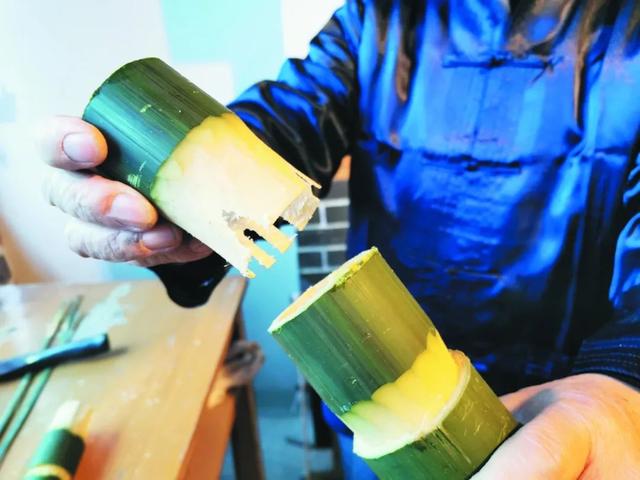
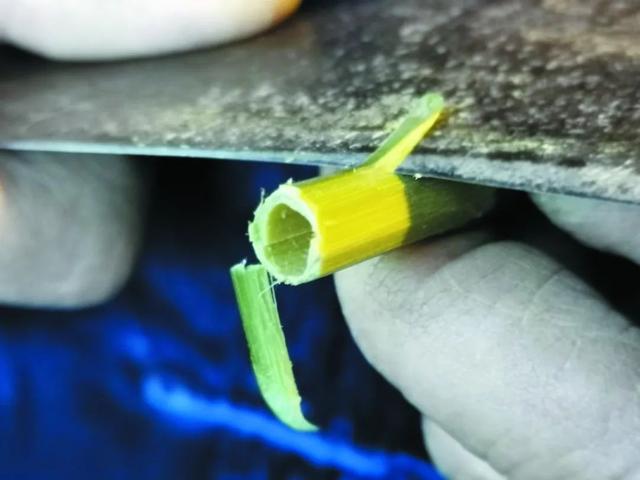
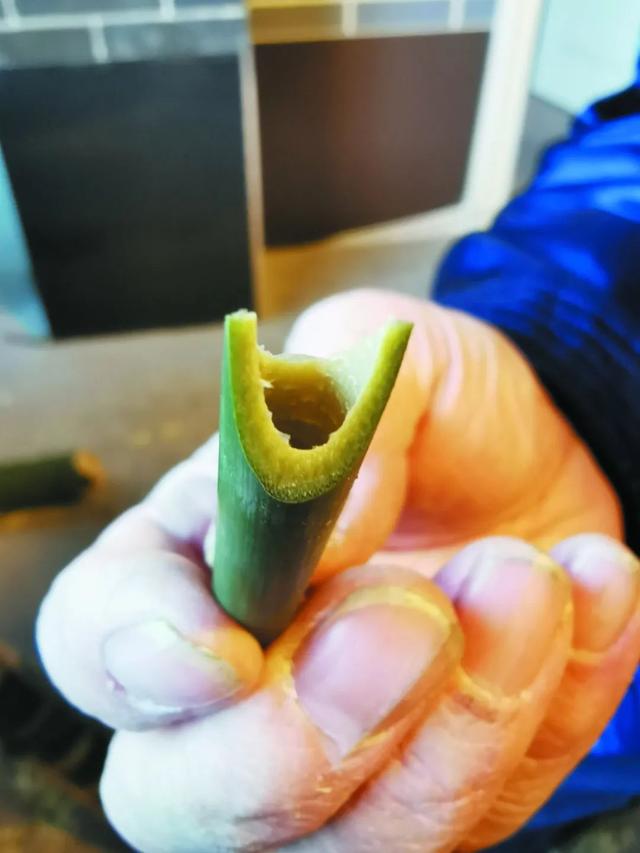
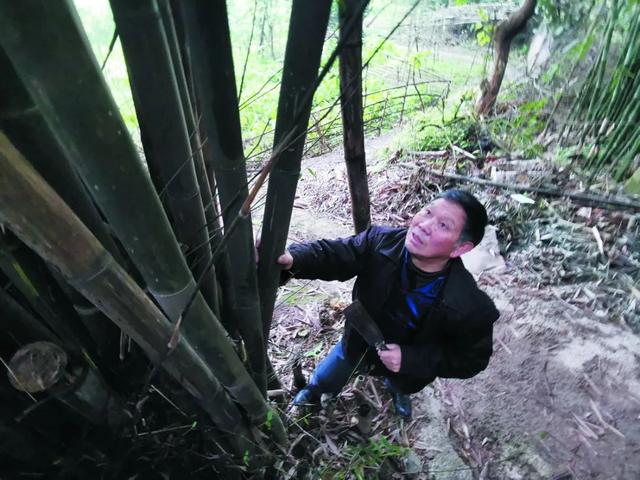
choose bamboo

Handmade Nanxi Ha.
According to historical records such as the Annals of Nanxi County, in the 6th year of Emperor Wu’s reign in the Han Dynasty, that is, in 135 BC, the Bo people mainly lived in Bodao County on the shore of the Yangtze River, that is, today’s Fuxikou area of Nanxi County. Because of the rich bamboo here, the Bo people celebrate the harvest after working hard, so they take the bamboo as the horn and play the bamboo for fun. And because the Bo people's surname is "Ha", later generations call the local musical instrument invented by the Bo people "Ha Hao", which has been handed down to this day.

A small fire will burn off the burrs of the Hahao body.
The 69-year-old Guo Daoming learned how to play and make horns from his father Guo Haiqing since he was a child. He is familiar with the unique physical properties of Cizhu and the playing skills of Nanxi horns.
"Nanxi Ha Hao is made of annual Cizhu, and the best kind of Bamboo is from the twelfth lunar month to the next April." Guo Daoming said with a Ha Hao in his hand, the production skills all depend on watching and practicing. The production process pays attention to meticulousness and patience. It has to go through the steps of selecting bamboo, cutting the tube, cutting the mouth, sleeve, binding, whistle-making, retaining, soaking and other processes. It takes a day.
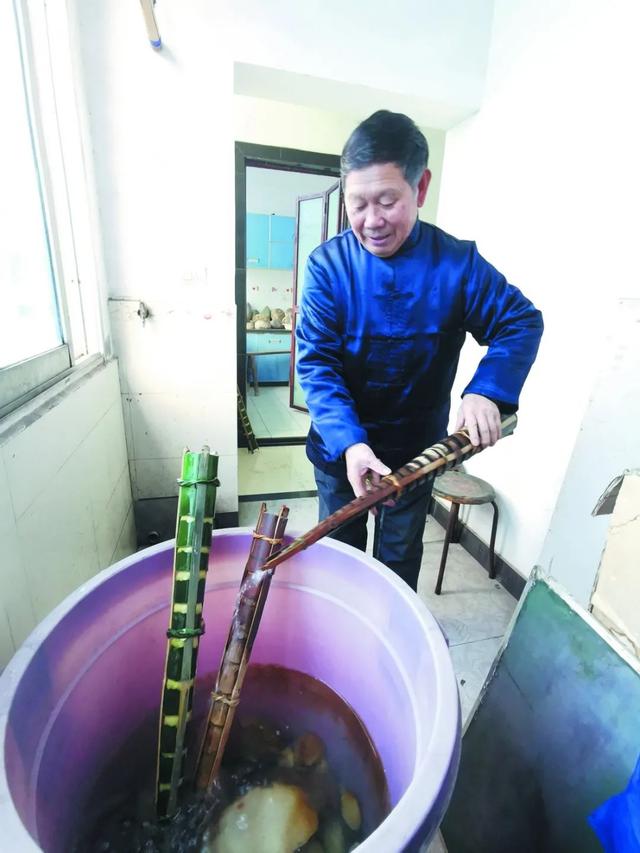
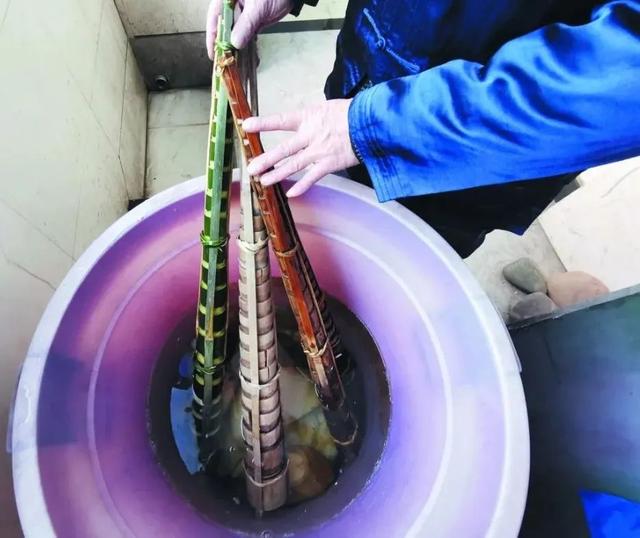
Soak in water so that there is no gap between the two bamboo tubes.
Hahao has no "words", nor "keys" and "notes" in the sense of modern music. Its trumpet is composed of "woo-du", "woo-du-du" and continuous "du-du-du-du", forming a horn with different feelings such as brisk, melodious, agitated, vigorous and high. In playing, in addition to the need for a sufficient amount of "air", it also depends on the position, weight, speed and other skills of the player's tongue to the "calling mouth". The playing is entirely determined by the player's "qi", and those with insufficient "mid-qi" can only make more than 10 or several "beep" sounds.


Playing requires a sufficient amount of "air".
Today, 69-year-old Guo Daoming can still play 24 beeps in one breath.
"The 24 'beep' sounds represent the 24 solar terms of the year, especially during the Chinese New Year, it means praying for good weather and good weather throughout the year and a prosperous life." Guo Daoming said.
The Nanxi Bamboo Horn has been played for hundreds of years, and the inheritance of the bamboo horn is naturally inseparable from the improvement in the production and playing of the non-genetic inheritors.

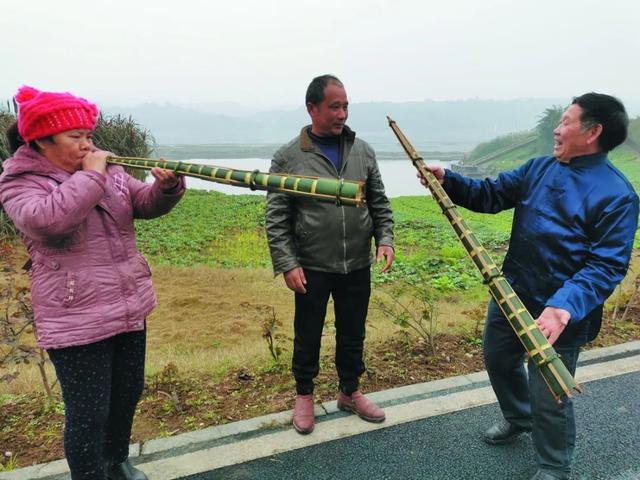
The sound of the long horn sounds like a dongxiao and can travel far.
"Ha-hao can also be made short. The shortest Ha-hao is like an unearthed bamboo shoot, only 33 cm." Guo Daoming said that the sound of the long and short Ha-hao is different. The sound of the long horn sounds like a dongxiao, and it can spread very far. It is thick when heard near, and loud when heard from a distance; Guo Daoming said, "In the technique of playing, we can now imitate the sounds of animals by using the horn, such as the sound of roosters, dogs, and birds." "
 渝公网安备 50010702504639号
渝公网安备 50010702504639号